Artificial intelligence powers more apps on your mobile devices than you may realize. Here’s how to take advantage of the technology — or turn it off.



A million bears walking on the streets of Hong Kong. A strawberry frog. A cat made out of spaghetti and meatballs.
These are just a few of the text descriptions that people have fed to cutting-edge artificial intelligence systems in recent weeks, which these systems — notably OpenAI’s DALL-E 2 and Google Research’s Imagen — can use to produce incredibly detailed, realistic-looking images.

BEIJING, June 29 (Reuters) — An uncrewed Chinese spacecraft has acquired imagery data covering all of Mars, including visuals of its south pole, after circling the planet more than 1,300 times since early last year, state media reported on Wednesday.
China’s Tianwen-1 successfully reached the Red Planet in February 2021 on the country’s inaugural mission there. A robotic rover has since been deployed on the surface as an orbiter surveyed the planet from space.
Among the images taken from space were China’s first photographs of the Martian south pole, where almost all of the planet’s water resources are locked.
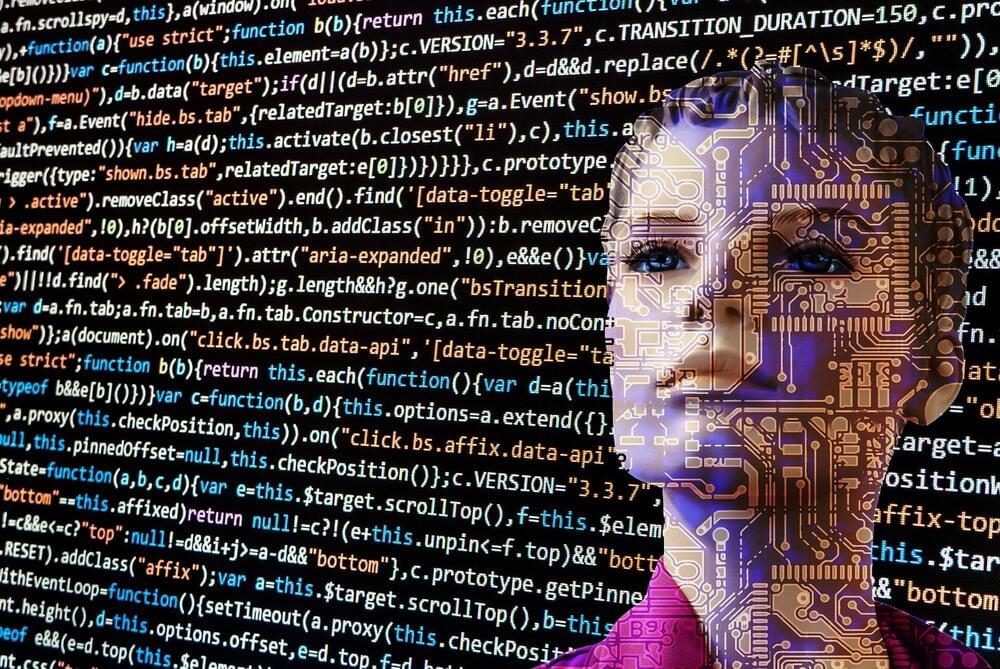
Researchers from North Carolina State University have developed a new approach to federated learning that allows them to develop accurate artificial intelligence (AI) models more quickly and accurately. The work focuses on a longstanding problem in federated learning that occurs when there is significant heterogeneity in the various datasets being used to train the AI.
Federated learning is an AI training technique that allows AI systems to improve their performance by drawing on multiple sets of data without compromising the privacy of that data. For example, federated learning could be used to draw on privileged patient data from multiple hospitals in order to improve diagnostic AI tools, without the hospitals having access to data on each other’s patients.
Federated learning is a form of machine learning involving multiple devices, called clients. The clients and a centralized server all start with a basic model designed to solve a specific problem. From that starting point, each of the clients then trains its local model using its own data, modifying the model to improve its performance. The clients then send these “updates” to the centralized server. The centralized server draws on these updates to create a hybrid model, with the goal of having the hybrid model perform better than any of the clients on their own. The central server then sends this hybrid model back to each of the clients. This process is repeated until the system’s performance has been optimized or reaches an agreed-upon level of accuracy.

In recent years, roboticists have developed increasingly advanced robotic systems, many of which have artificial hands or robot hands with multiple fingers. To complete everyday tasks in both homes and public settings, robots should be able to use their “hands” to efficiently grasp and manipulate objects.
Enabling dexterous manipulation involving multiple fingers in robots, however, has so far proved challenging. This is primarily because it is an advanced skill that entails an adaptation to the shape, weight, and configuration of objects.
Researchers at Universität Hamburg have recently introduced a new approach to teach robots to grasp and manipulate objects using a multi-fingered robotic hand. This approach, introduced in IEEE Transactions on Neural Networks and Learning Systems, allows a robotic hand to learn from humans through teleoperation and adapt its manipulation strategies based on human hand postures and the data gathered when interacting with the environment.
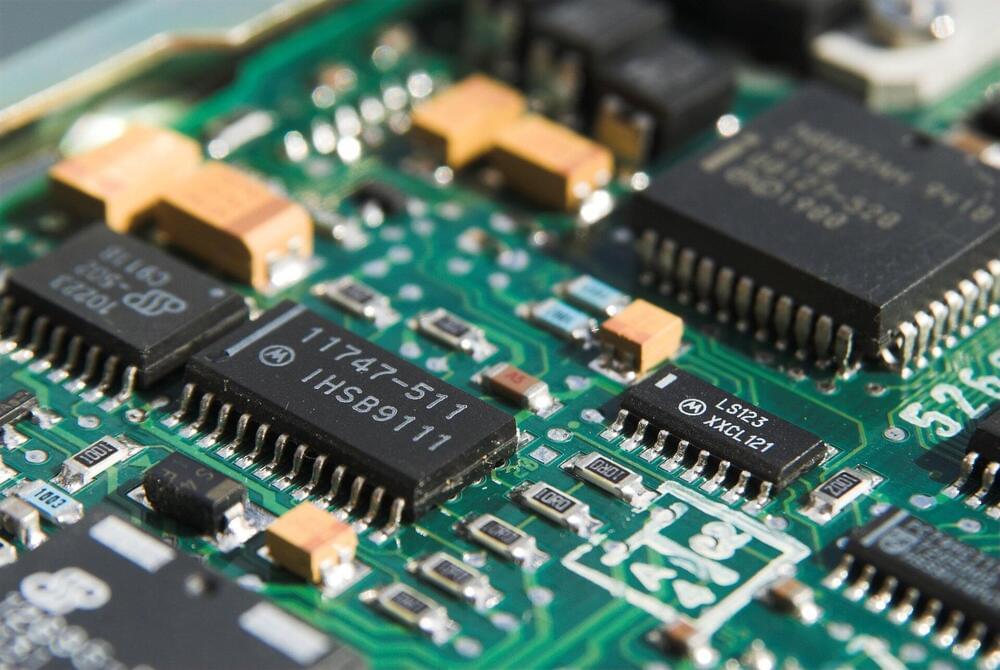
Moore’s Law needs a hug. The days of stuffing transistors on little silicon computer chips are numbered, and their life rafts—hardware accelerators—come with a price.
When programming an accelerator—a process where applications offload certain tasks to system hardware especially to accelerate that task—you have to build a whole new software support. Hardware accelerators can run certain tasks orders of magnitude faster than CPUs, but they cannot be used out of the box. Software needs to efficiently use accelerators’ instructions to make it compatible with the entire application system. This translates to a lot of engineering work that then would have to be maintained for a new chip that you’re compiling code to, with any programming language.
Now, scientists from MIT’s Computer Science and Artificial Intelligence Laboratory (CSAIL) created a new programming language called “Exo” for writing high-performance code on hardware accelerators. Exo helps low-level performance engineers transform very simple programs that specify what they want to compute, into very complex programs that do the same thing as the specification, but much, much faster by using these special accelerator chips. Engineers, for example, can use Exo to turn a simple matrix multiplication into a more complex program, which runs orders of magnitude faster by using these special accelerators.
As meetings shifted online during the COVID-19 lockdown, many people found that chattering roommates, garbage trucks and other loud sounds disrupted important conversations.
This experience inspired three University of Washington researchers, who were roommates during the pandemic, to develop better earbuds. To enhance the speaker’s voice and reduce background noise, “ClearBuds” use a novel microphone system and one of the first machine-learning systems to operate in real time and run on a smartphone.
The researchers presented this project June 30 at the ACM International Conference on Mobile Systems, Applications, and Services.
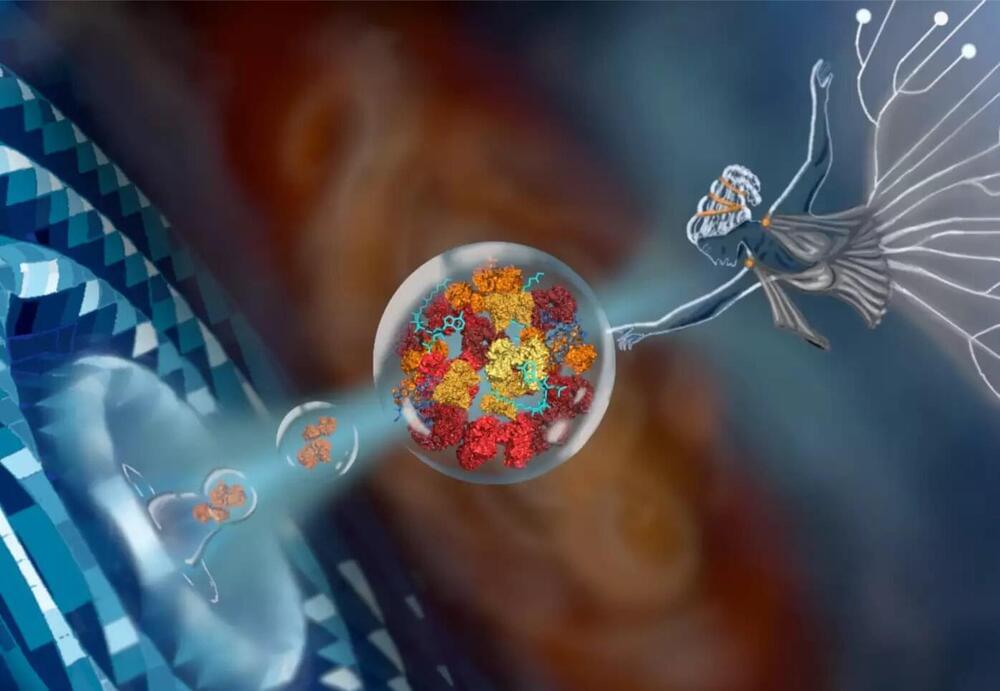
Machine learning is transforming all areas of biological science and industry, but is typically limited to a few users and scenarios. A team of researchers at the Max Planck Institute for Terrestrial Microbiology led by Tobias Erb has developed METIS, a modular software system for optimizing biological systems. The research team demonstrates its usability and versatility with a variety of biological examples.
Though engineering of biological systems is truly indispensable in biotechnology and synthetic biology, today machine learning has become useful in all fields of biology. However, it is obvious that application and improvement of algorithms, computational procedures made of lists of instructions, is not easily accessible. Not only are they limited by programming skills but often also insufficient experimentally-labeled data. At the intersection of computational and experimental works, there is a need for efficient approaches to bridge the gap between machine learning algorithms and their applications for biological systems.
Now a team at the Max Planck Institute for Terrestrial Microbiology led by Tobias Erb has succeeded in democratizing machine learning. In their recent publication in Nature Communications, the team presented together with collaboration partners from the INRAe Institute in Paris, their tool METIS. The application is built in such a versatile and modular architecture that it does not require computational skills and can be applied on different biological systems and with different lab equipment. METIS is short from Machine-learning guided Experimental Trials for Improvement of Systems and also named after the ancient goddess of wisdom and crafts Μῆτις, or “wise counsel.”
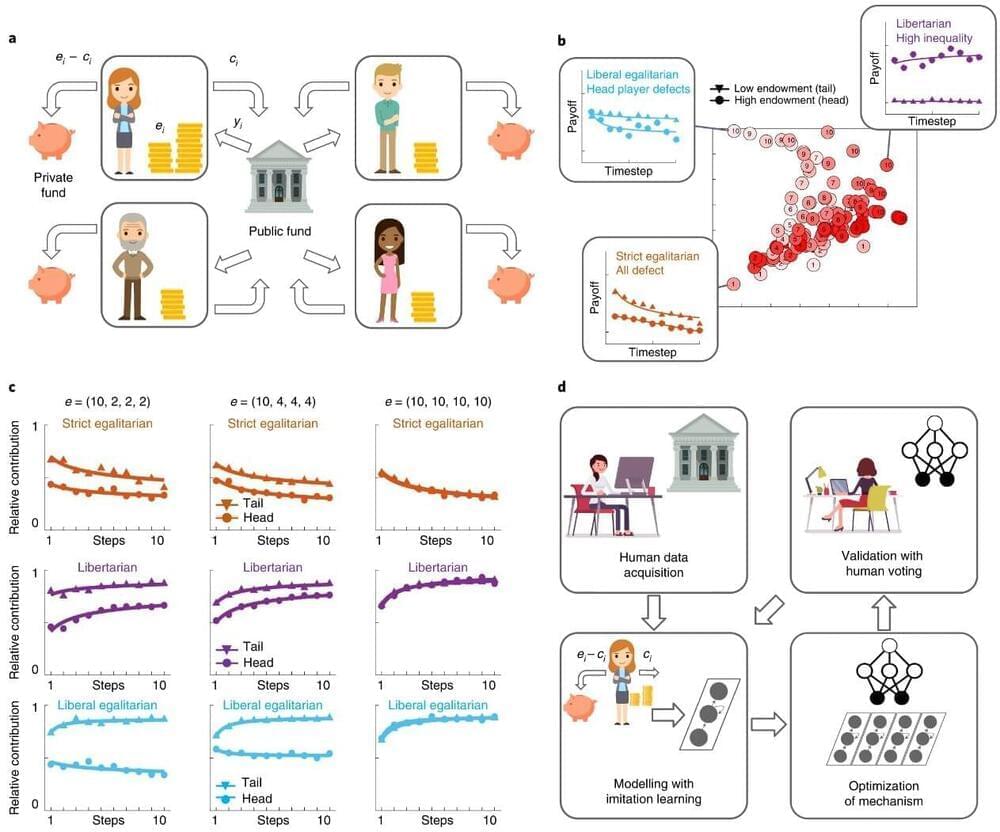
A team of researchers at DeepMind, London, working with colleagues from the University of Exeter, University College London and the University of Oxford, has trained an AI system to find a policy for equitably distributing public funds in an online game. In their paper published in the journal Nature Human Behavior, the group describes the approach they took to training their system and discuss issues that were raised in their endeavor.
How a society distributes wealth is an issue that humans have had to face for thousands of years. Nonetheless, most economists would agree that no system has yet been established in which all of its members are happy with the status quo. There have always been inequitable levels of income, with those on top the most satisfied and those on the bottom the least satisfied. In this latest effort, the researchers in England took a new approach to solving the problem—asking a computer to take a more logical approach.
The researchers began with the assumption that democratic societies, despite their flaws, are thus far the most agreeable of those tried. They then enlisted the assistance of volunteers to play a simple resource allocation game —the players of the game decided together the best ways to share their mutual resources. To make it more realistic, the players received different amounts of resources at the outset and there were different distribution schemes to choose from. The researchers ran the game multiple times with different groups of volunteers. They then used the data from all of the games played to train several AI systems on the ways that humans work together to find a solution to such a problem. Next, they had the AI systems play a similar game against one another, allowing for tweaking and learning over multiple iterations.
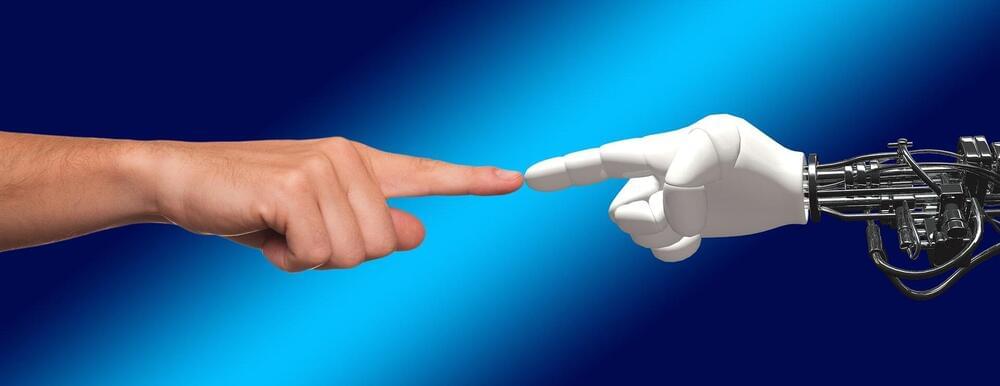
When robots appear to engage with people and display human-like emotions, people may perceive them as capable of “thinking,” or acting on their own beliefs and desires rather than their programs, according to research published by the American Psychological Association.
“The relationship between anthropomorphic shape, human-like behavior and the tendency to attribute independent thought and intentional behavior to robots is yet to be understood,” said study author Agnieszka Wykowska, Ph.D., a principal investigator at the Italian Institute of Technology. “As artificial intelligence increasingly becomes a part of our lives, it is important to understand how interacting with a robot that displays human-like behaviors might induce higher likelihood of attribution of intentional agency to the robot.”
The research was published in the journal Technology, Mind, and Behavior.